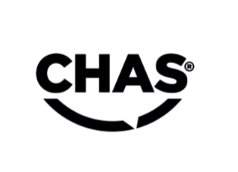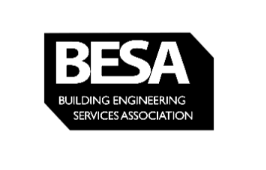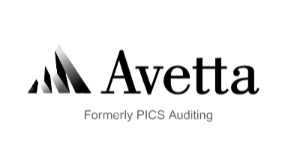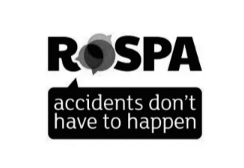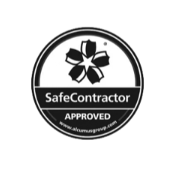phs Group has acquired Citron Hygiene UK - we’re here to support you. Read our customer FAQs and find our contact details here.
Many businesses and organisations deal with hazardous waste, especially healthcare and clinical settings. This waste needs to be disposed of carefully to maintain health and safety. Not only can this help you maintain a hygienic workplace, but it’s also a legal requirement.
One of the key documents in the process of handling hazardous waste is the ‘waste consignment note’, which tracks the movement of hazardous materials from one location to another. But what exactly is a waste consignment note and is it essential for your workplace?
In our guide, we’ll discuss consignment note basics, including when it's needed, who provides it and how to complete one to help you stay compliant with hazardous waste regulations consignment note regulations and keep your employees, the public and the environment safe.
What is a waste consignment note?
A waste consignment note is a legal document that accompanies the transport of hazardous waste in the UK. It records important information about the waste, including its type, quantity, origin, destination and the parties involved in its transfer. The note helps ensure that hazardous waste is managed and disposed of safely, reducing the risk to people and the environment.
Hazardous waste consignment note requirements can vary between the different nations of the UK. For more information related to the country your business is located, see:
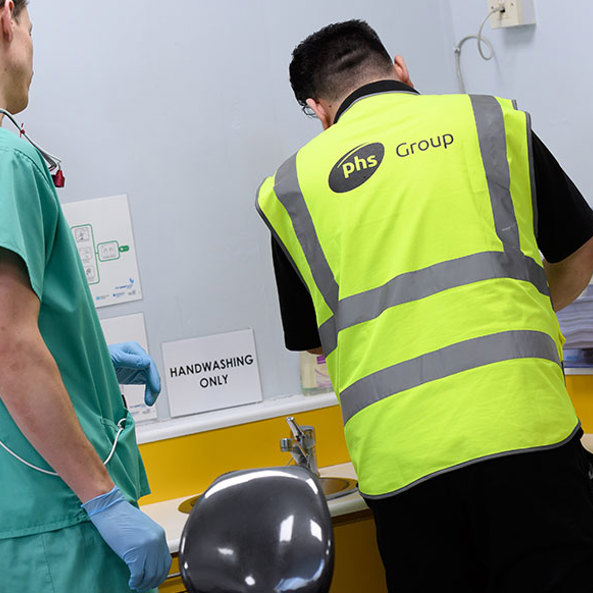
When is a waste consignment note needed?
A hazardous waste consignment note is required whenever hazardous waste is moved from one site to another — whether it’s being collected for treatment, recovery or final disposal. This includes:
- When waste is removed from a business site
- When waste is moved between branches or depots
- When waste is sent to a licensed disposal facility
The only exceptions are household hazardous waste collected by a local authority, or movements within the same premises.
Who provides a waste consignment note?
Typically, the producer or holder of the waste - usually the business generating the waste - is responsible for preparing the waste consignment note. However, in practice, waste carriers or waste management companies often help complete or provide the note on your behalf, using their expertise to help your business follow the regulations carefully. It is still your duty to ensure that it is accurate and legally compliant.
What counts as hazardous waste?
Hazardous waste includes materials that pose a threat to human health or the environment.
Common examples of hazardous waste include:
· Asbestos
· Chemicals (e.g. solvents, pesticides)
· Batteries
· Fluorescent tubes
· Waste electrical equipment (WEEE) with hazardous components
· Oil and fuel residue
Each type of hazardous waste must be clearly identified on the hazardous waste consignment note using the correct waste classification codes.
What are the hazardous waste consignment note regulations in the UK?
The handling of hazardous waste in the UK is governed by several regulations, including:
- The Hazardous Waste (England and Wales) Regulations 2005
- The Waste (England and Wales) Regulations 2011
These regulations require all parties in the waste chain to ensure that hazardous waste is stored, transported and disposed of properly. A hazardous waste regulations consignment note must be completed for every load of hazardous waste moved, and copies must be retained for at least three years.
How to fill in a hazardous waste consignment note
Filling in a hazardous waste consignment note correctly is essential. The following steps can show you how to complete hazardous waste consignment note documentation:
Step 1: Complete Part A – Notification details
Include the consignment note code (a unique reference), date of movement and whether it is a ‘premises code exempt’ movement. If not exempt, include the site’s premises code.
Step 2: Complete Part B – The waste description
Record details of the waste, including:
- The six-digit European Waste Catalogue (EWC) code
- A description of the waste
- Physical form (e.g. solid, liquid)
- Hazardous properties (using H-codes)
- Quantity in weight or volume
- Container type (e.g. drum, IBC)
Step 3: Complete Part C – The consignor (sender)
Provide full details of the waste producer or holder, including:
- Name and address
- Contact details
- SIC code (Standard Industrial Classification)
- A signature confirming the waste is described accurately
Step 4: Complete Part D – The carrier
This section is filled out by the waste carrier. It includes:
- The carrier’s name, address and registration number
- Vehicle registration
- Date and time of collection
- A signature confirming the waste was collected
Step 5: Complete Part E – The consignee (receiver)
Once the waste reaches its destination, the consignee completes this section, noting:
- Type of treatment or disposal (e.g. recycling, incineration)
- Quantity received
- Any discrepancies or rejections
- Signature and date of receipt
The consignee must also send a return to the Environment Agency or Natural Resources Wales within one month.
How hazardous waste consignment notes benefit your business
While it may seem like extra paperwork, using a hazardous waste consignment note provides several benefits:
Legal compliance
Ensures your business meets environmental and waste handling laws.
Environmental responsibility
Demonstrates your commitment to safe and sustainable waste practices.
Traceability
Tracks where your waste goes and how it is handled.
Risk reduction
Minimises the chance of improper disposal, accidents or penalties.
Professional reputation
Builds trust with clients and regulatory bodies.
Proper waste disposal with phs
Completing waste consignment notes is one of the basic elements of ensuring the proper disposal of hazardous waste. At phs, we can ensure your waste is collected regularly, ensuring you maintain the appropriate compliance to help you meet your legal and environmental responsibilities.
Learn more about our clinical waste disposal services and see how phs can help you manage your hazardous waste responsibly.































